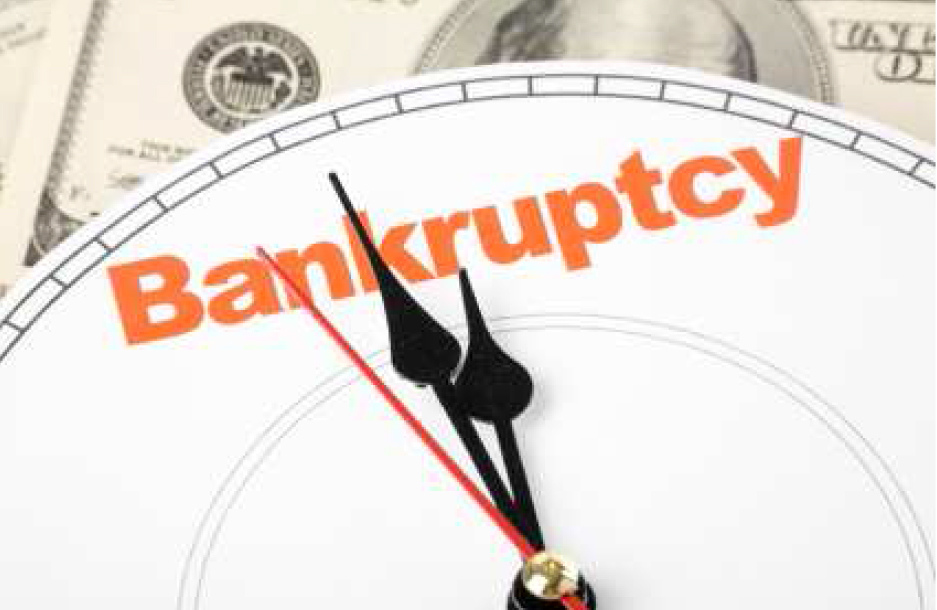GAC Fiat Chrysler declared BANKRUPT in China after years of financial decline and failed restructuring efforts
- GAC Fiat Chrysler, a joint venture between China’s GAC Group and Stellantis (formerly Fiat Chrysler), was officially declared bankrupt by a Chinese court on July 8 after years of financial decline and failed restructuring efforts.
- The company’s verified debt stood at 8.12 billion yuan ($1.1 billion), while the liquidation value of its assets was only 1.92 billion yuan ($270 million), confirming its insolvency.
- Despite a US$2.4 billion initial investment and multiple rescue efforts, GAC-FCA was unable to reverse years of declining sales, rising losses and failure to adapt to changing market demands.
- Since filing for bankruptcy in October 2022, over 3,000 assets, including equipment and prototype vehicles, were auctioned off, but core assets failed to attract any bids in five attempts.
- The collapse reflects challenges in China’s joint venture system and a sluggish transition to EVs, as well as rising barriers for foreign automakers in a rapidly evolving and policy-driven market.
GAC Fiat Chrysler Automobiles, once a high-profile joint venture between China’s Guangzhou Automobile Group (GAC) and multinational automaker Stellantis, has been officially declared bankrupt by the Changsha Intermediate People’s Court after years of deepening financial woes and failed restructuring efforts.
The court issued its ruling on July 8, confirming that the company is insolvent and no longer eligible for reorganization or debt settlement procedures. In its findings, the court determined that GAC Fiat Chrysler’s liabilities far exceed its assets, and the company is unable to meet its financial obligations.
According to court documents, the company has verified total debts of approximately 8.12 billion yuan ($1.1 billion), with about four billion yuan ($560 million) in creditor claims recognized without dispute. In stark contrast, the company’s book assets stood at just 3.89 billion yuan ($540 million) at the time the bankruptcy application was accepted.
Further compounding the financial mismatch, a court-appointed appraisal conducted by Hunan Qiushi Land and Real Estate Appraisal Co., Ltd. estimated that the liquidation value of the company’s actual assets, including inventory, fixed assets, construction-in-progress, deferred expenses and intangible assets, was only 1.92 billion yuan ($270 million). This left a significant shortfall, affirming the company’s inability to repay creditors. (Related: Corporate America experiencing BANKRUPTCY BOOM as recession looms.)
In line with the court’s decision, a bankruptcy property distribution plan was approved during a creditor meeting and will be implemented in the coming weeks.
Bankruptcy exposes cracks in China’s joint venture model and EV transition gap
GAC Fiat Chrysler was established as a joint venture between GAC and Fiat Chrysler in 2010 to bring Fiat and later Jeep-branded vehicles to the Chinese market. Backed by 17 billion yuan (US$2.4 billion) in investment, GAC-FCA set up headquarters in Changsha and built production facilities in both Changsha and Guangzhou, two of China’s key industrial hubs.
The venture, however, struggled with sluggish sales, shifting consumer preferences and intense competition in 2018. Year-over-year sales declines, rising losses and failure to adapt to changing consumer preferences pushed the company toward crisis. By September 2022, its total assets had shrunk to 7.32 billion yuan (US$1.02 billion), while liabilities ballooned to 8.11 billion yuan (US$1.13 billion), putting its debt-to-asset ratio at a staggering 110.8 percent.
Multiple efforts to revive the brand, including capital injections and product overhauls, ultimately failed.
The company officially filed for bankruptcy in October 2022, initiating a three-year process of asset liquidation. Over 3,000 items, including factory molds and prototype vehicles, were auctioned off, but key assets like land and equipment failed to draw buyer interest in five separate auctions.
GAC, as a major creditor, held over one billion yuan ($139 million) in claims against the joint venture, largely due to internal loans and financial transfers.
Industry observers point to multiple causes behind GAC-FCA’s collapse. Among them: a sluggish shift to electric vehicles (EVs) while China’s auto market rapidly pivoted to clean energy and growing investor hesitation to commit to retrofitting old internal combustion engine (ICE) lines for EV production – an expensive and risky proposition.
But the failure also reflects broader structural tensions. The joint venture model, a requirement for most foreign automakers entering China, mandates that they produce vehicles locally and often transfer technology to their Chinese partners. While this model has facilitated China’s automotive industrialization.
Visit Collapse.news for more stories about businesses filing for bankruptcy.
Watch this clip from the “Worldview Report” discussing bankruptcies in corporate America.
This video is from the Worldview Report channel on Brighteon.com.
More related stories:
Del Monte Foods files for Chapter 11 bankruptcy.
Tech giant Microsoft’s Russian subsidiary files for BANKRUPTCY.
Casual restaurant chain TGI Fridays files for BANKRUPTCY.
Co-working facility giant WeWork files for BANKRUPTCY.
SIXTH property insurer declares bankruptcy after Hurricane Ian.
Sources include:
TheEpochTimes.com
ChinaDaily.com
Brighteon.com
Read full article here


